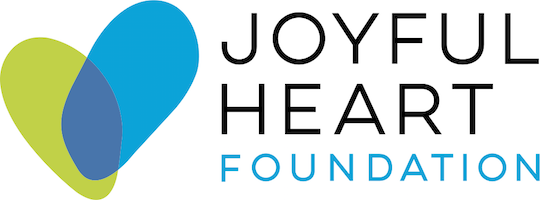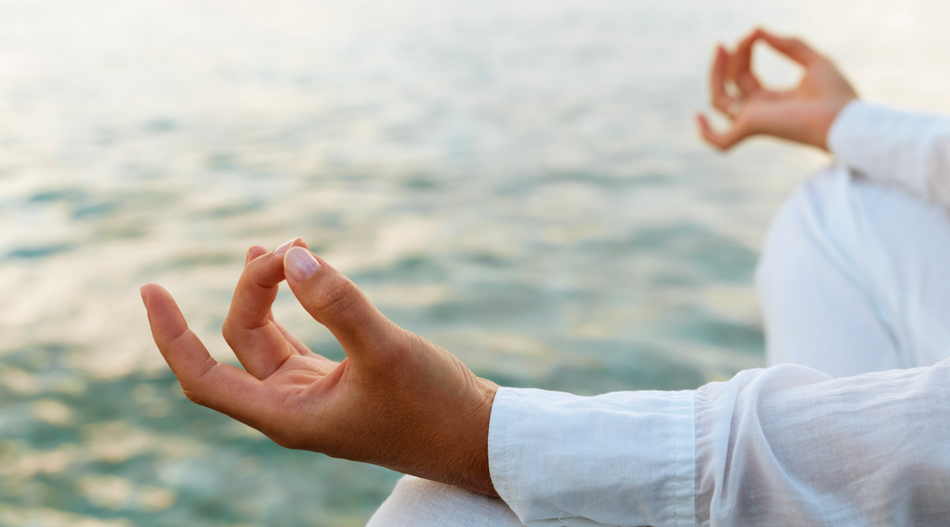


Meditation practice, in essence, is a time of connecting to yourself and your experience of the present moment in a deeper and more direct way. Though there are many styles and methods, meditation can be distinguished from any specific belief system or worldview, and can be seen as a kind of skills training. It is a training in three strengths: concentration, mindfulness and lovingkindness/compassion.
We often notice that our minds tend to be scattered. We think of making a telephone call and end up subsumed in a cascade of associative thinking. Our thoughts return to an incident three years ago, and we become obsessed with regret about not speaking up when we should have. Or our minds leap forward to worry over the intricacies of a situation that might never come to pass. This quality of repeated distraction wastes our life’s energy.
Imagine gathering all that energy back into yourself, so that it empowers you, so that it becomes available for you to use consciously. This is what concentration does. Concentration is steadiness of mind, the mental skill we are exercising when we are focused. In meditation we focus on a chosen object of concentration (the breath, a visualization, a phrase) and practice repeatedly letting go of distractions and returning our attention to this object.
Through meditation, we come closer and closer to the actual living reality of our bodies and minds. We do this through refining our power of mindfulness, the ability to connect fully and directly to our experience in the moment, no matter what it is. We see different aspects of our inner world for what they are—passing thoughts and feelings— without becoming lost in habitual reaction.
For instance, we might have the habit of concluding, “If I feel anger it means I’m a bad person,” so we try to deny the anger churning inside. Or our tendency might be to get swept up in the firestorm of anger and lash out. With awareness, we learn to draw close in a skillful way to what we’re feeling, learn more about it, and, based on the insights we gather, make conscious choices about how to respond in any situation.
Taking the time to pay careful attention to our experience opens our hearts to loving ourselves genuinely for who we are, with all our foibles and imperfections. When we undertake spiritual practice based on a motivation to learn to love both ourselves and others, we can befriend ourselves no matter what we might be experiencing inside.
Devoting some time to meditation is in itself an act of caring for ourselves. If we are primarily accustomed to taking care of others, this is a bold move. We discover that our own renewal transforms how we relate to the people in our lives. The calm and openness we develop through meditation enables us to see others more clearly and lovingly. We might become more inclined to step forward and deepen our connection to someone, to let go of past hurts more easily, or to offer a friendly gesture to someone we might have ignored before. Through meditation, loving ourselves becomes the gateway to loving others.
Meditation instructions usually sound simple, but following and accomplishing them often proves challenging. Meditation reveals how all the elements of our experience change continually. It is natural in meditation to go through many ups and downs, to encounter both new delights and newly awakened conflicts from the subconscious mind.
Sometimes you will tap into a wellspring of peace. Other times you might feel waves of sleepiness, boredom, anxiety, anger or sadness. Images may arise, old songs might replay, long-buried memories sometimes surface. Instead of feeling discouraged if you end up with sleepiness when you wanted peacefulness, remember that the core components of meditation are concentration, awareness and lovingkindness. We can practice these no matter what we are experiencing. Success in meditation is measured not in terms of whatever may be happening to us, but rather how we are relating to what is happening.
Sit comfortably, with your back erect, without being strained or overarched. It’s fine to sit in a chair or on an arrangement of cushions on the floor. If necessary, you can also lie down. Close your eyes if you feel at ease doing that, or keep them slightly open, without staring or fixing your gaze. Take a few deep breaths, feeling the breath as it enters your nostrils, fills your chest and abdomen, and releases. Then allow the breath to become natural, without forcing it or controlling it. Let your attention rest on the feeling of the natural breath, one breath at a time.
You may find a place where you feel your breath most distinctly: at the nostrils, or the rising/falling motion of your chest or abdomen. If there is a particular place, you can rest your attention there. If you wish, you can silently, very gently, repeat words like “in” “out” to support the awareness of the breath, or perhaps a word meaningful to you, like “peace,” or “love.”
If your mind wanders, don’t be concerned. Notice whatever has captured your attention, let go of the thought or feeling, and return to the awareness of the breath. In this way, meditation teaches us gentleness and an ability to forgive our mistakes in life more easily and to go on.
At the end of your meditation period, lovingly acknowledge those you feel connected to—your family or your community, maybe the whole planet. This forms the bridge between our inner work and our resolve to act with more awareness and love in our daily lives.
Links
[1] https://www.joyfulheartfoundation.org/reunion/meditation-mindful-existence
[2] https://www.joyfulheartfoundation.org/issue-no/reunion-issue-2
[3] https://www.joyfulheartfoundation.org/tags/meditation
[4] https://www.joyfulheartfoundation.org/tags/self-care
[5] https://www.joyfulheartfoundation.org/tags/breathing-exercise